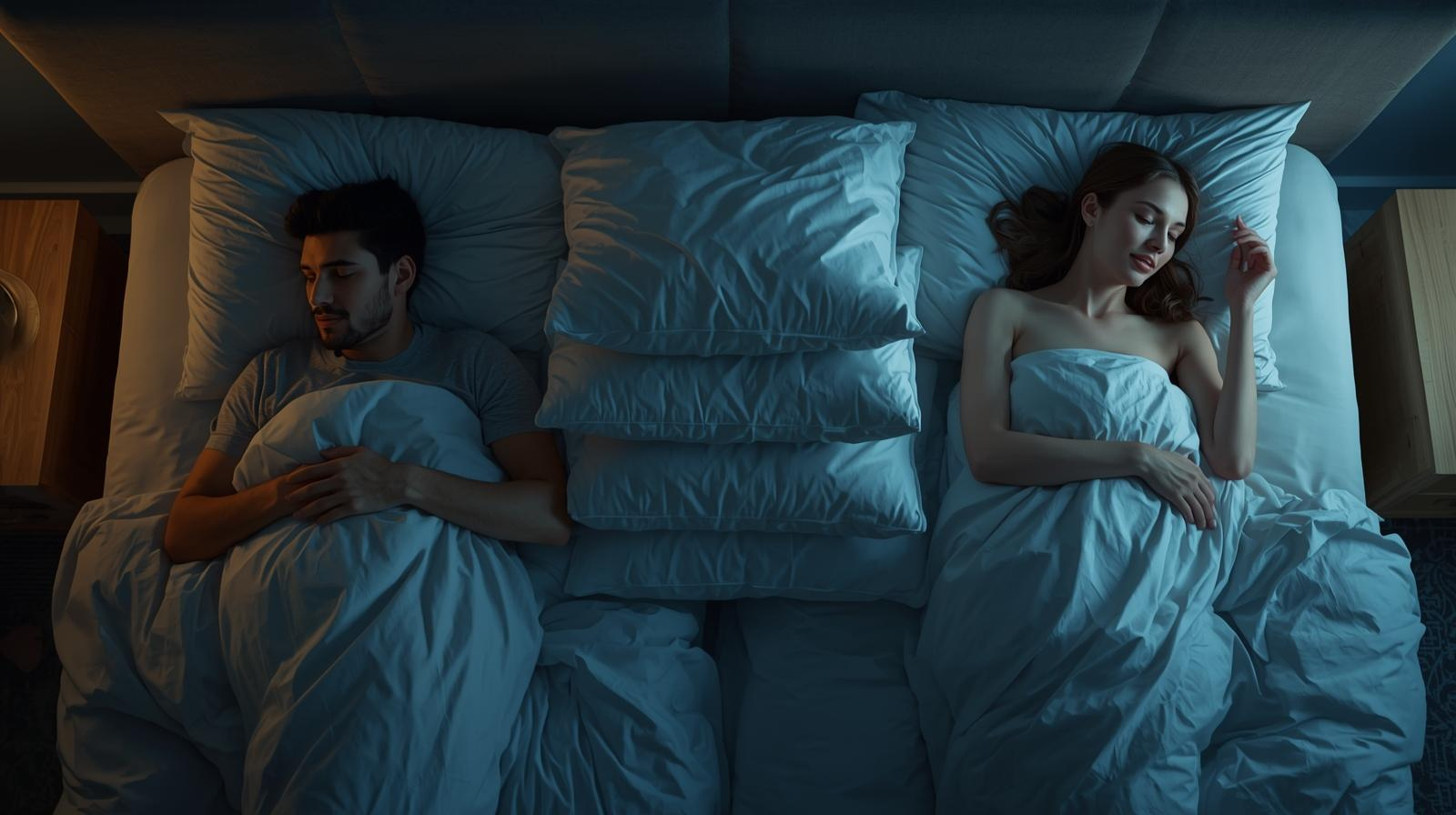Free Shipping - On Orders Over $99 (USA, Canada, UK, & AU)

The Health Issue Right Under Our Noses That Is Impacting 9M+ Children
March 08, 2017 3 min read
Sleep apnea, sleep-disordered breathing, and snoring: these are not just things you have to be aware of for you and your partner. These health issues are becoming disturbingly common in children and adolescents. Sleep-disordered breathing, which includes sleep apnea and snoring, affects 12% of children in the United States[i]. This breaks down to approximately 9 million children with sleep-disordered breathing, and perhaps as many as 4 million children with obstructive sleep apnea. To put this in context, the CDC estimates that only 9.3% of children have asthma.
Compounding the problem is obesity. As we are all aware, obesity is a problem in the United States, and sleep apnea is even more common in children with obesity. Approximately 6 out of 10 obese children have obstructive sleep apnea[ii]. Considering that 17% of American youth qualify as obese, the prevalence of sleep apnea in children is now reaching epidemic proportions.
The consequences of sleep-disordered breathing are far worse than simply a bad night's sleep. So what is sleep apnea? Obstructive Sleep Apnea, or OSA, is often associated with chronic snoring. It can cause long interruptions, over 10 seconds, in one’s breathing while they are asleep. This happens because the airway is blocked and you can no longer breathe. These episodes can happen from a few times to up to hundreds of times a night.
When you stop breathing, your body wakes you up, resulting in disrupted sleep throughout the night. This obviously brings constant, daily fatigue, reducing one’s quality of life. In addition, as the airway is obstructed, the oxygen level in the blood is reduced, making your heart pump even harder than normal, which can result in increased blood pressure. Prolonged suffering of OSA can result in high blood pressure and enlargement of the heart, with higher risks of heart attack and stroke.
Also important to be aware of is that when humans don’t get enough oxygen, our bodies produce adrenalin. Adrenalin is a chemical that our bodies use to cope with stressful situations. Unfortunately it also causes the blood sugar to rise, which may eventually lead to diabetes.
Children are at risk for OSA’s common side effects, and they often have additional ones as well. One such side effect is interference with their intellectual development, as they are more likely to have problems with attention and learning difficulties[iii]. Sleep apnea in kids can also cause decreases in growth hormone levels[iv], which can cause issues with physical development[v].
With these major health risks, it is essential to consult a healthcare professional if you think your child may be suffering from sleep apnea.
When dealing with any health issues regarding children, it is important to remember that children are surprisingly resilient and able to “bounce back” after proper treatment. Child sleep apnea is no exception. Many studies have shown that receiving proper treatment for sleep-disordered breathing can treat the disease, halt the negative effects, and improve the quality of life in affected children[vi].
References: [i] Roland PS, Rosenfeld RM, Brooks LJ, et al. Clinical practice guideline: Polysomnography for sleep-disordered breathing prior to tonsillectomy in children. Otolaryngol Head Neck Surg. Jul 2011;145(1 Suppl):S1-15. doi:10.1177/0194599811409837 [ii] Schwengel DA, Dalesio NM, Stierer TL. Pediatric obstructive sleep apnea. Anesthesiol Clin. Mar 2014;32(1):237-261. doi:10.1016/j.anclin.2013.10.012 [iii] Beebe DW, Ris MD, Kramer ME, Long E, Amin R. The association between sleep disordered breathing, academic grades, and cognitive and behavioral functioning among overweight subjects during middle to late childhood. Sleep. Nov 2010;33(11):1447-1456. [iv] Nieminen P, Lopponen T, Tolonen U, Lanning P, Knip M, Lopponen H. Growth and biochemical markers of growth in children with snoring and obstructive sleep apnea. Pediatrics. Apr 2002;109(4):e55. [v] Bonuck K, Parikh S, Bassila M. Growth failure and sleep disordered breathing: a review of the literature. Int J Pediatr Otorhinolaryngol. May 2006;70(5):769-778. doi:10.1016/j.ijporl.2005.11.012 [vi] Richards W, Ferdman RM. Prolonged morbidity due to delays in the diagnosis and treatment of obstructive sleep apnea in children. Clin Pediatr (Phila). Feb 2000;39(2):103-108.
Also in Blog

Healthy Sleep Goals For 2026
December 22, 2025 6 min read

💨 Are Your Nighttime Breathing Issues Robbing You of Your Health and Your Energy?
December 12, 2025 3 min read
Breathing issues during sleep, collectively known as sleep-disordered breathing, are a major public health concern.

Is Your Snoring a Sign of Something More Serious? Unpacking the Science of Sleep
December 05, 2025 3 min read
When you snore, what's actually happening?
Join our Insiders Club
Every week you will receive specials, discounts, and giveaways.
Categories
- Better Sleep
- depression
- Fitness
- funny animal
- Global Citizenship
- health
- Mental Health
- mouthpiece
- nutrition
- pillow
- Productivity
- relationships
- sleep
- sleep apnea
- sleep deprivation
- Sleep Tech
- snoring
- snoring humor
- snoring jokes
- snoring sounds
- stop snoring
- StopSnoringStartLiving
- technology
- Tongue displacement
- travel
- video
- Young Adult

